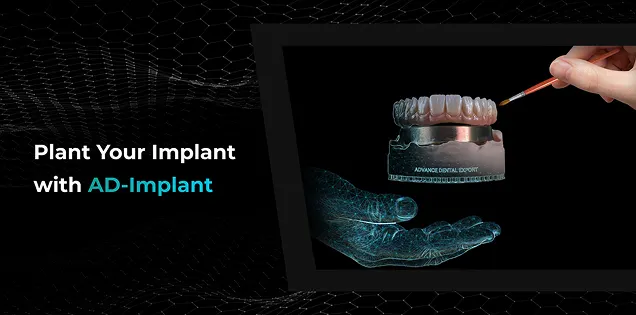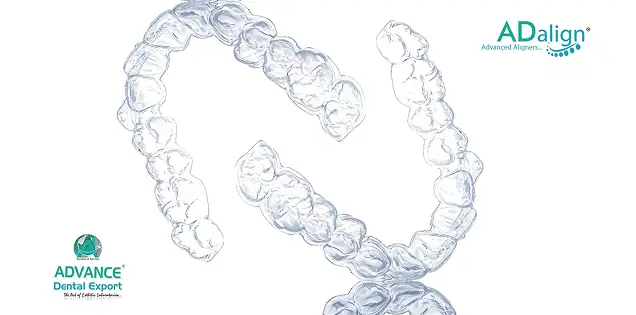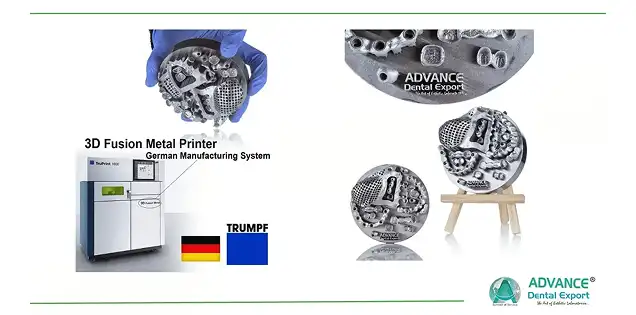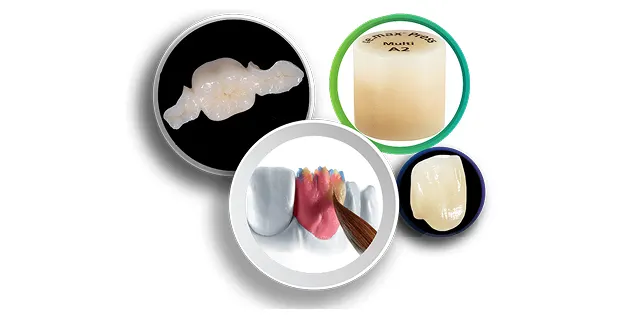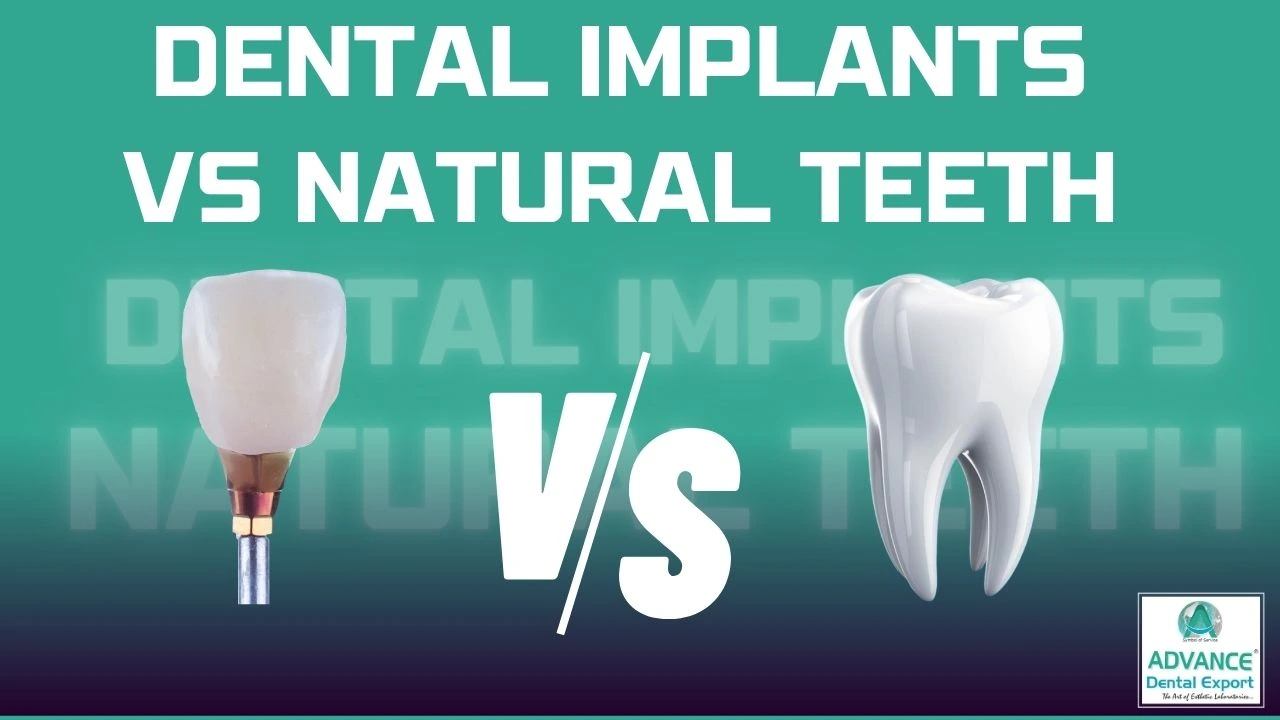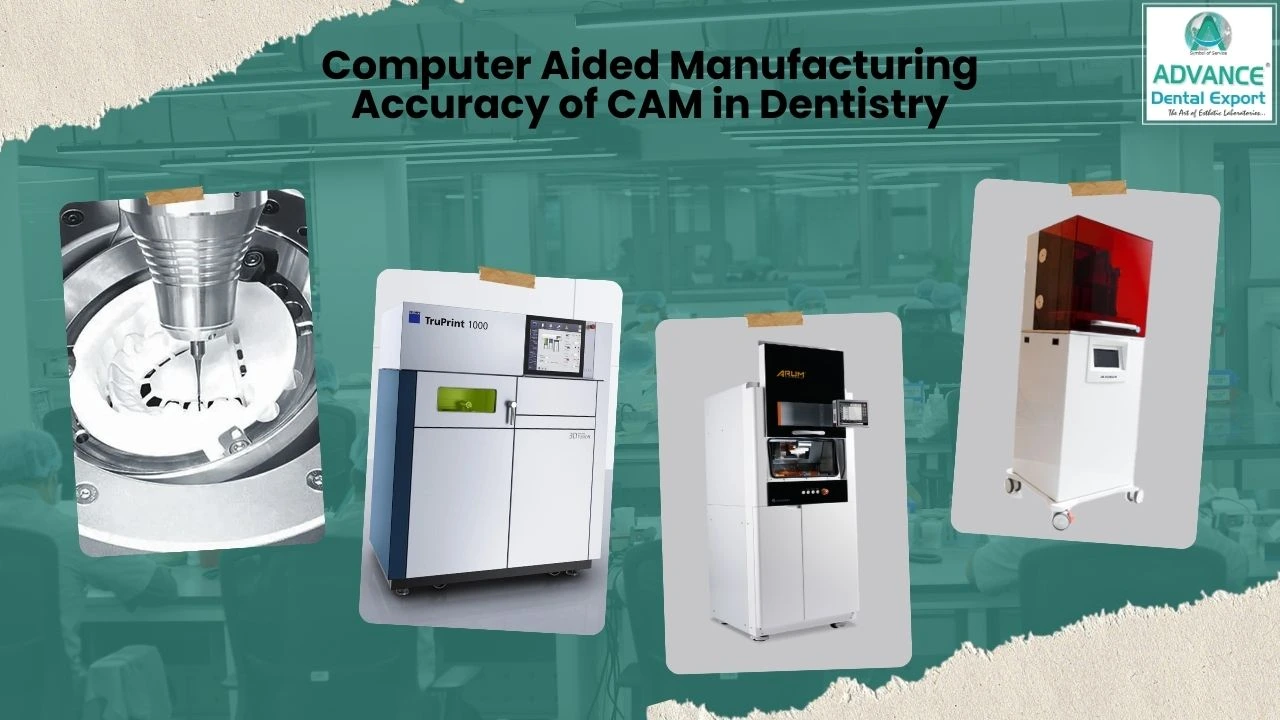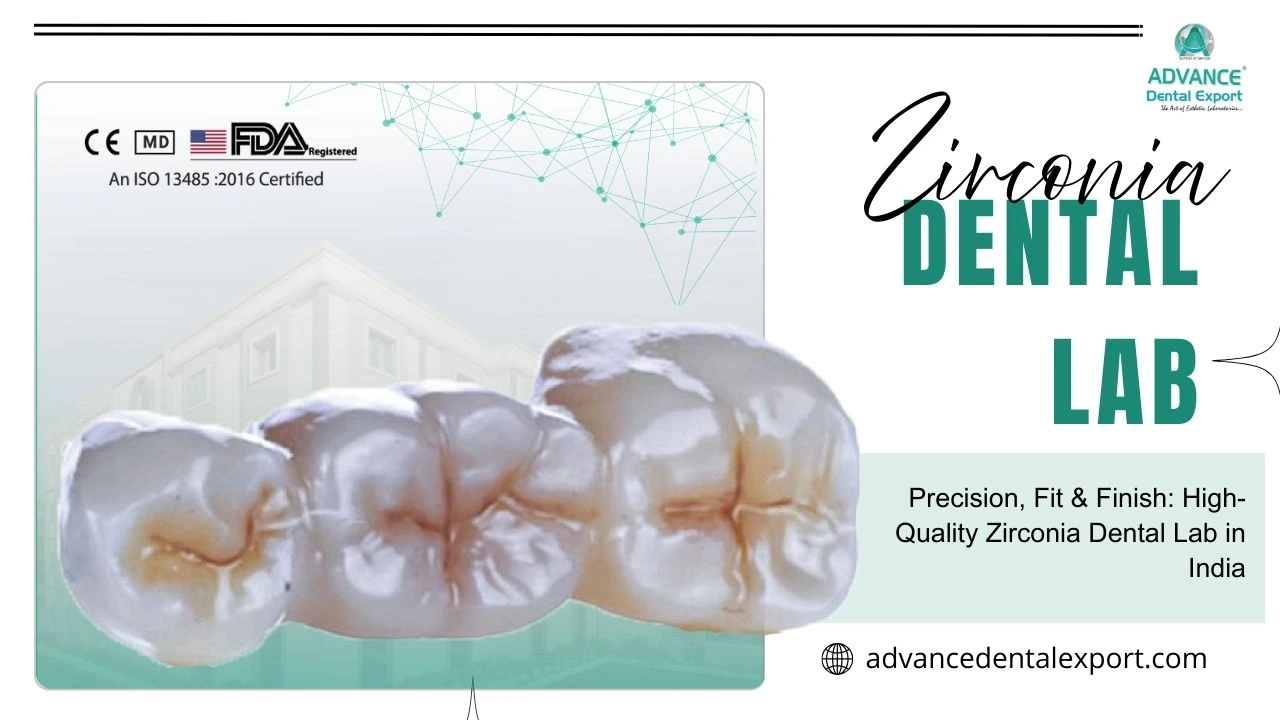Ever felt the frustration of ill-fitting dental prosthetics or the discomfort of traditional impression methods? You're not alone. Many dental professionals and dentists have faced these challenges, often leading to prolonged treatment times and less-than-perfect results.
At Advance Dental Export (ADE) , we understand these pain points deeply. That's why we've embraced cutting-edge digital dentistry technologies to transform the way dental prosthetics are crafted. By integrating state-of-the-art tools like intraoral scanners, CAD/CAM systems, and 3D printing, we ensure precision, efficiency, and comfort in every step of the dental restoration process.
Let’s briefly dig into the ADE’s latest digital dentistry technologies and tools.
Intraoral Scanners
Are traditional impressions leading to inaccuracies and remakes in your restorations? At Advance Dental Export (ADE), we've integrated advanced intraoral scanning technology to address these challenges, ensuring precision and efficiency in every restoration.
What are Intraoral Scanners?
Intraoral scanners are handheld devices that capture detailed 3D digital impressions of a patient's oral cavity. These scanners utilize light sources to scan the mouth, creating accurate digital models that can be used for designing and fabricating dental restorations.
Benefits of Intraoral Scanners
- Enhanced Accuracy: Intraoral scanners provide high-resolution images, reducing the risk of errors associated with traditional impression materials. This leads to better-fitting restorations and fewer remakes.
- Improved Efficiency: Digital impressions can be captured quickly, streamlining the workflow and reducing chair time for patients. The digital data can be instantly shared with our lab, expediting the restoration process.
- Patient Comfort: Eliminating the need for impression materials enhances patient comfort, leading to a more positive experience during dental procedures.
- Cost Savings: Intraoral scanners can lead to significant cost savings over time by reducing the need for physical impression materials and shipping.
Utilization of Intraoral Scanners at Advance Dental Export
At Advance Dental Export Dental Lab, we employ the state-of-the-art ACE Scan intraoral scanner to capture precise digital impressions for various dental restorations, including crowns, bridges, and dentures. This technology allows us to receive accurate data directly from dental clinics, enabling our technicians to design and fabricate prosthetics with exceptional fit and aesthetics.
CAD/CAM Technology
Looking for precision and speed in your dental restorations? At Advance Dental Export (ADE), we utilize cutting-edge CAD/CAM technology to deliver consistently accurate and efficient prosthetic solutions.
Explore Our Restorations
What is CAD/CAM Dentistry Technology?
CAD/CAM stands for Computer-Aided Design and Computer-Aided Manufacturing. This technology enables the digital design and fabrication of restorations such as crowns, bridges, inlays, onlays, and dentures. The workflow starts with a digital impression, followed by design using sophisticated software, and ends with milling or 3D printing the restoration.
Benefits of CAD/CAM Systems
- Precision Fit: Digital workflows reduce errors, resulting in restorations with superior fit and minimal adjustments.
- Faster Turnaround: Automated milling speeds up production, helping you meet demanding clinical timelines.
- Customization: Advanced software allows customization for individual patient anatomy and aesthetic requirements.
- Material Flexibility: CAD/CAM supports materials like zirconia , lithium disilicate, and hybrid ceramics for durable and natural-looking results.
ADE’s CAD/CAM Equipment and Implementation
At ADE, we leverage premium CAD/CAM equipment to optimize every stage of restoration production:
- 3M™ True Definition Scanner: Renowned for its high accuracy and affordability, this scanner utilizes 3D-in-motion video technology to capture precise digital impressions. Its open system design allows seamless integration with various CAD/CAM systems and dental labs, providing flexibility in workflow.
- Cadent iTero: Employing parallel confocal imaging technology, the iTero system captures detailed 3D images without the need for scanning powder. This technology ensures accurate digital impressions, improving the precision of restorations. Its open architecture allows integration with various CAD/CAM systems, facilitating efficient collaboration with dental labs.
This integration of advanced CAD/CAM hardware and software at ADE enables us to deliver restorations that meet the highest standards of quality, fit, and aesthetics, helping you provide better clinical outcomes for your patients.
3D Printing
Are you looking to enhance the precision and efficiency of your dental restorations? At Advance Dental Export (ADE), we've integrated advanced 3D printing technology to elevate the quality and speed of our prosthetic solutions.
What is 3D Printing in Dentistry?
3D printing, also known as additive manufacturing, involves creating three-dimensional objects layer by layer from digital models. In dentistry, this technology allows for the fabrication of custom dental restorations, including crowns, bridges, dentures, and surgical guides, directly from digital impressions. This process eliminates the need for traditional molding materials, offering a more precise and efficient alternative.
Benefits of 3D Printing in Dental Restorations
- Enhanced Precision: 3D printing enables the creation of highly accurate dental restorations, ensuring a better fit and reducing the need for adjustments.
- Faster Turnaround Times: The rapid production capabilities of 3D printing allow for quicker delivery of dental restorations, improving patient satisfaction and clinic efficiency.
- Customization: Each restoration can be tailored to the individual patient's anatomy, enhancing both functionality and aesthetics.
- Cost-Effectiveness: By reducing material waste and the need for multiple fittings, 3D printing can lower overall production costs.
ADE's Utilization of 3D Printing
At ADE, we've adopted state-of-the-art 3D printing systems to streamline our restoration processes. Our technicians utilize advanced software to design precise restorations, which are then fabricated using high-quality materials. This integration allows us to deliver restorations that meet the highest standards of quality and fit, enhancing patient satisfaction and clinical outcomes.
Looking for a trusted lab partner? Get high-precision restorations from Advance Dental Export
Stereolithography (SLA)
SLA is a widely used 3D printing technology in dentistry, particularly for creating clear aligners and other dental appliances. It offers high precision and is ideal for producing detailed models and prototypes. At Advance Dental Export, we are using SLA technology to produce highly accurate dental models and custom appliances, ensuring precise fit and superior quality.
Direct Metal Laser Sintering (DMLS)
DMLS is employed for fabricating metal dental components, such as crowns and frameworks. This technology uses a laser to sinter powdered metal, creating dense and durable parts suitable for dental restorations. We utilize DMLS at ADE to manufacture strong and reliable metal frameworks and implant components that meet strict clinical standards.
Continuous Liquid Interface Production (CLIP)
CLIP is a high-speed 3D printing process that enables rapid production of dental models and prototypes. It is particularly beneficial for creating surgical guides and other dental applications that require quick turnaround times. At ADE, we implement CLIP technology to ensure fast production of surgical guides and prototypes without compromising accuracy.
Digital Light Processing (DLP)
DLP is utilized for producing dental restorations with high accuracy and surface quality. It is effective for creating crowns, bridges, and other dental appliances that require detailed features. We employ DLP technology in our lab to fabricate finely detailed crowns , bridges, and other restorations that demand exceptional surface finish and precision.
Conclusion
At Advance Dental Export (ADE), we are committed to staying at the forefront of dental technology to provide our clients with the highest quality restorations. By integrating advanced digital dentistry tools such as intraoral scanners, CAD/CAM systems, and 3D printing technologies, we ensure precision, efficiency, and customization in every restoration we produce.
Our best equipment, including the TRUMPF TruPrint 1000, enables us to fabricate complex dental components with exceptional accuracy. This commitment to innovation allows us to meet the evolving needs of dental professionals and their patients, ensuring optimal outcomes in every case.
Feel free to reach out to us for more information or to discuss how we can collaborate to achieve excellence in dental restorations.

